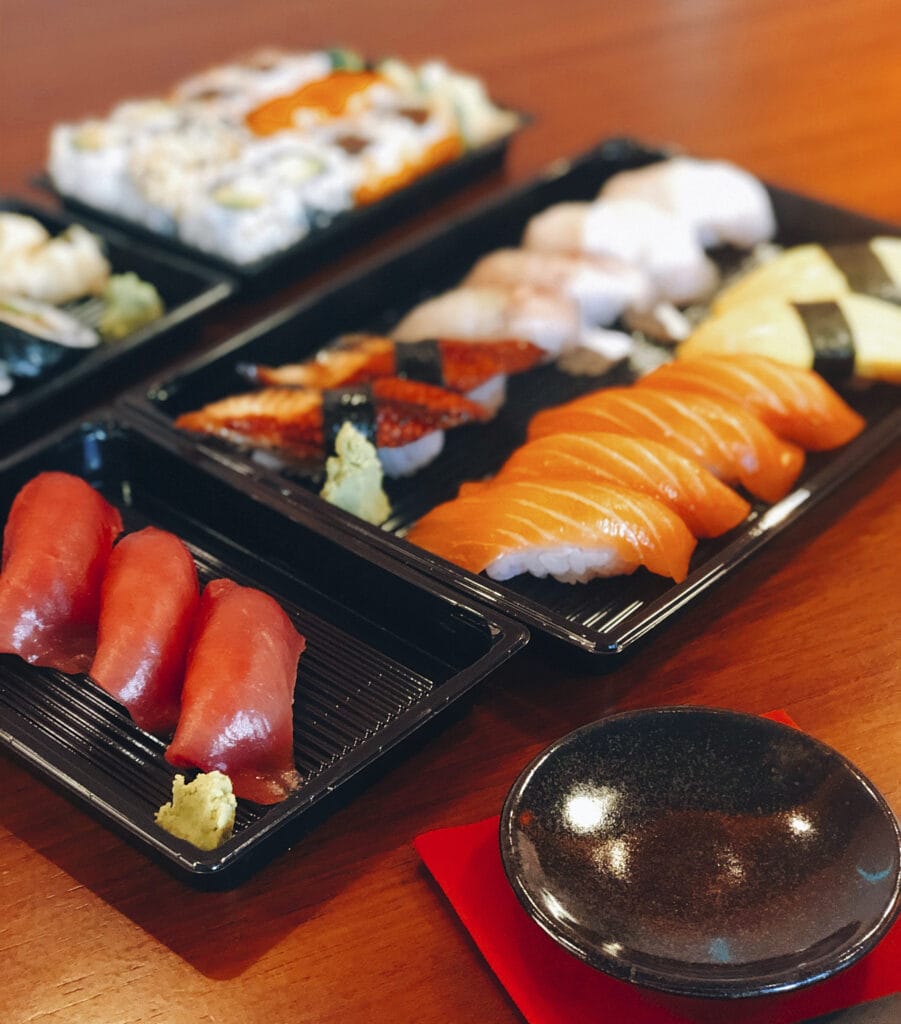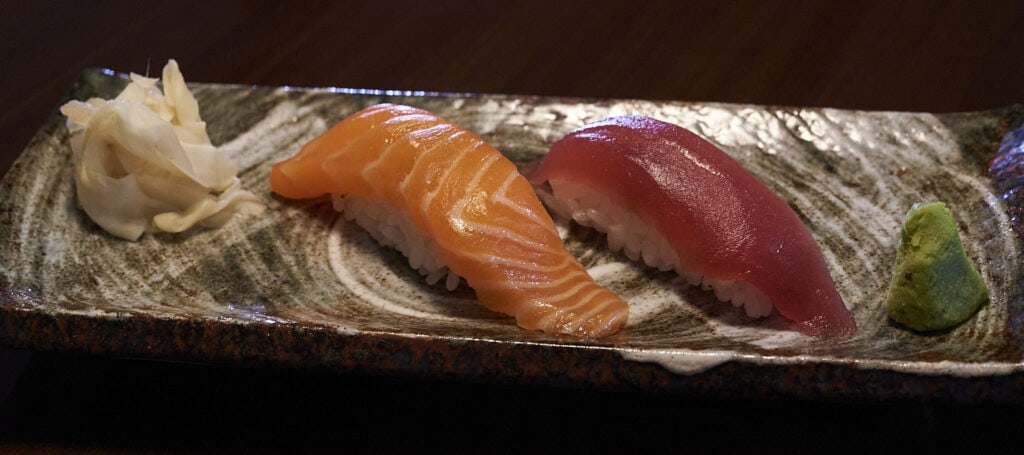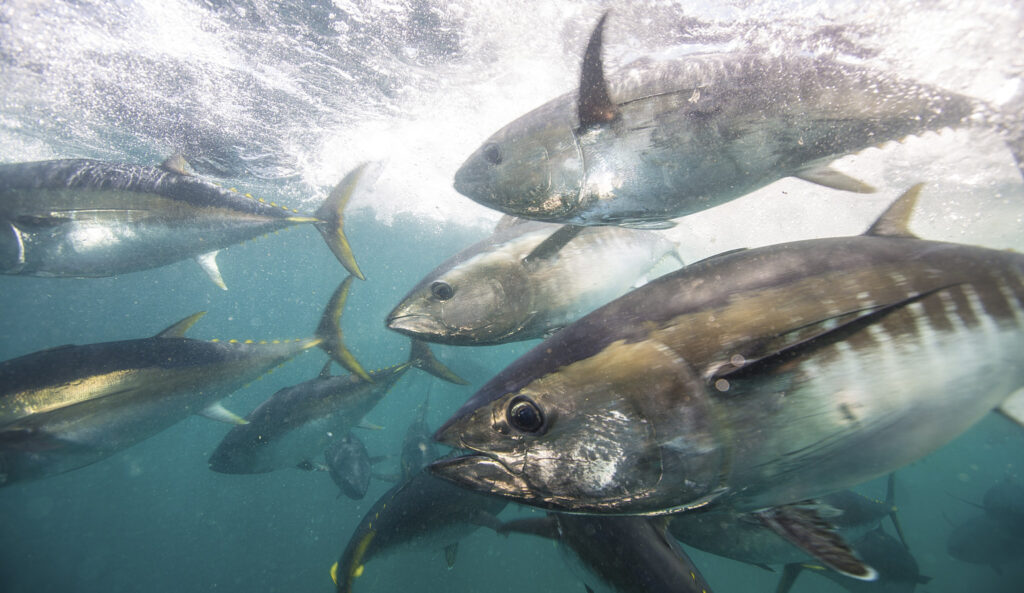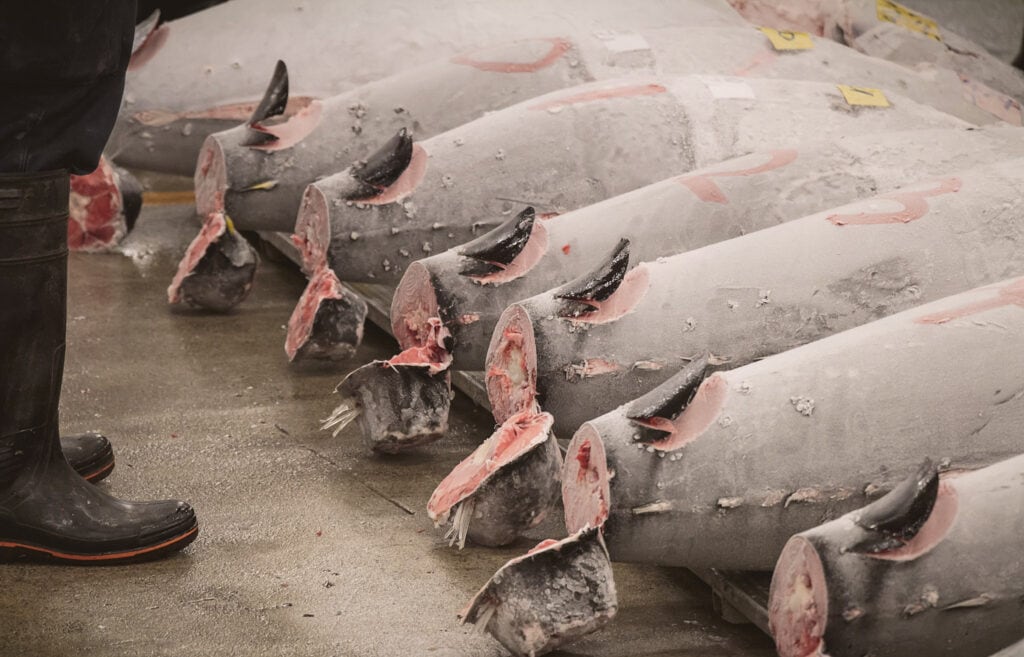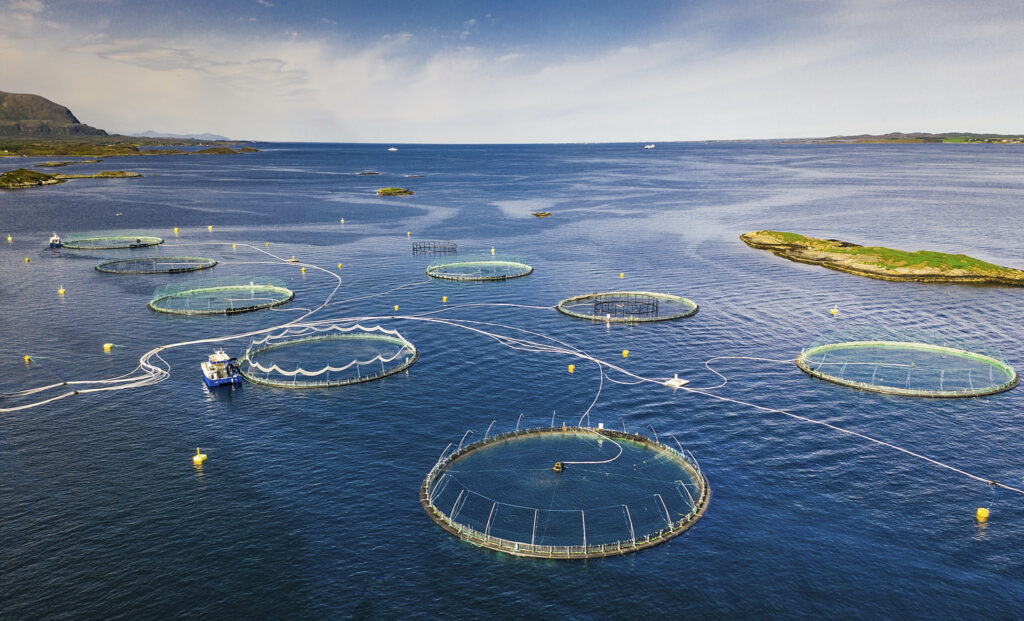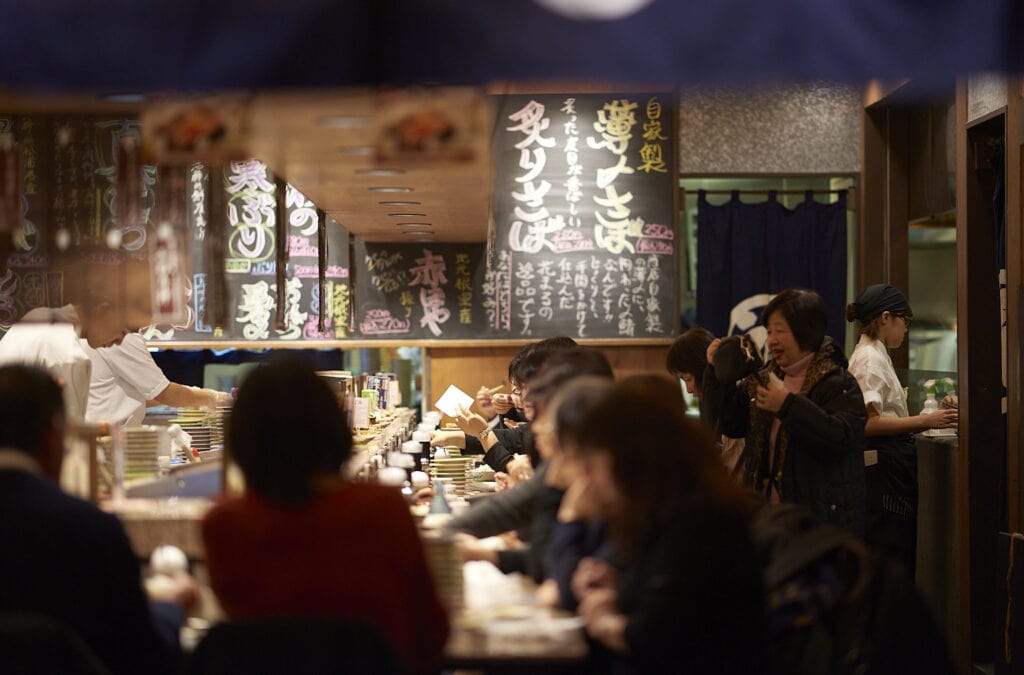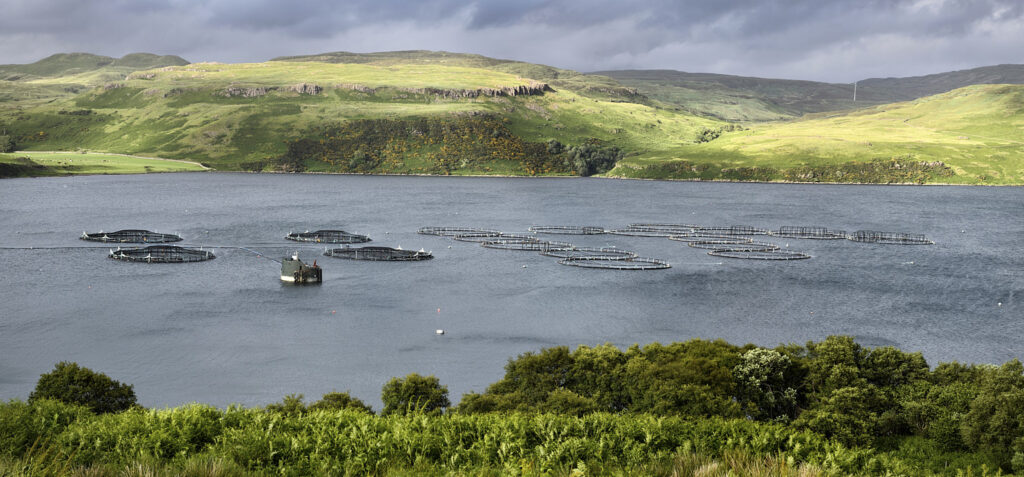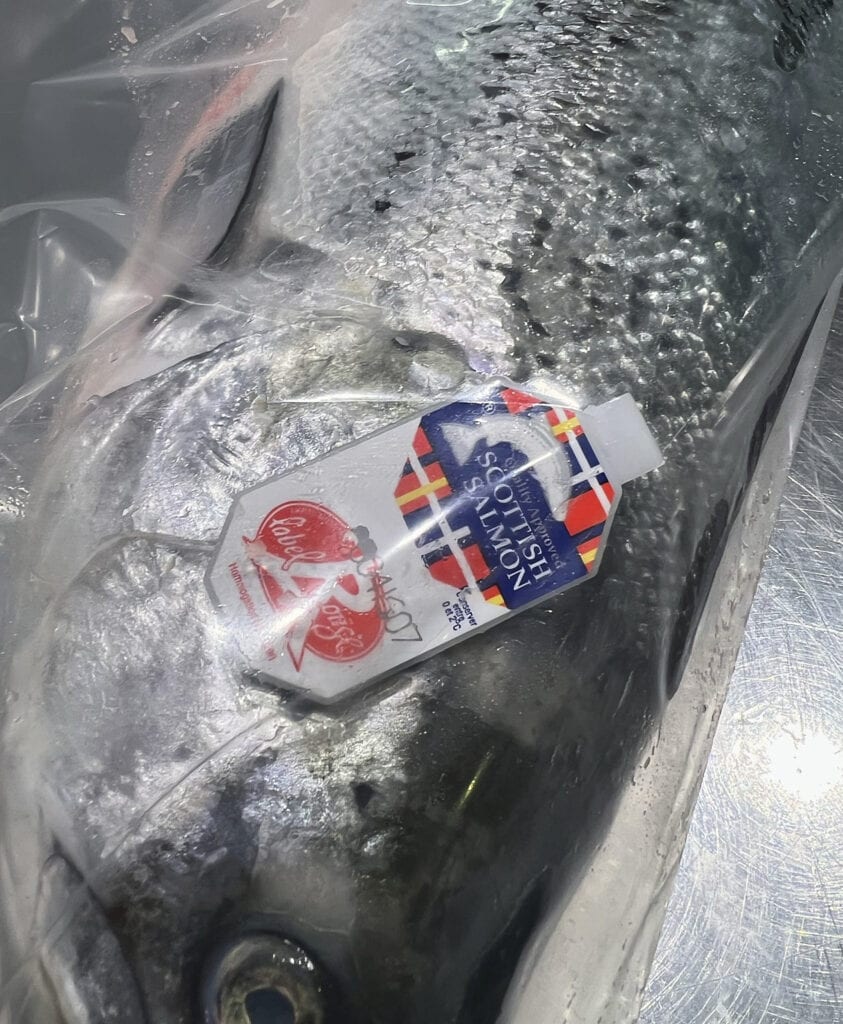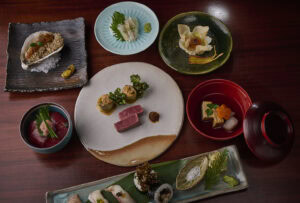The History of sushi has some interesting surprises in store even for those familiar with the subject.
Deep red tuna, delicate pink grained salmon - these are the widely known typical toppings for sushi.
Really typical? Has it always been like this?
Why are tuna and salmon considered typical sushi toppings when they are not? As always when it comes to Japanese cuisine, there is an extremely interesting story behind it. Two stories, to be exact....
How did the tuna come to sushi?
Even in the middle of the 20th century, tuna was not eaten in Japan. Tuna was considered an unclean fish, and the red meat, with its intense odor and high iron content, was easily perishable.
This made tuna suitable at best as dog and cat food, but not for raw consumption. In Japan, tuna was only known as a high-fat, high-calorie food for poorer people.
(cf. https://sushiconcierge.tumblr.com/post/435517104/the-surprising-history-of-tuna-in-japan
https://wareitamae.com/folktales/tuna)
Changing eating habits through refrigeration
This assessment becomes understandable when one realizes what the state of refrigeration technology was. Refrigerators and especially deep-freeze technology were not widespread. The refrigerated transport of food was theoretically possible, but in practice it was extremely material- and cost-intensive. Perishable foods such as fresh tuna for raw consumption were therefore simply economically uninteresting.
Of all things, the economics of air travel were supposed to change that, during the 1970s. The story of tuna as top sushi is actually the story of JAL, a major Japanese airline.
Why are Toro's beginnings in L.A.?
The first Japanese restaurants in Los Angeles were in business by the 1850s. By 1910, more than 40,000 Japanese workers were employed in American agriculture, with another 10,000 working on railroad construction.
In Little Tokyo, L.A.'s Japanese neighborhood, numerous restaurants had already established themselves.
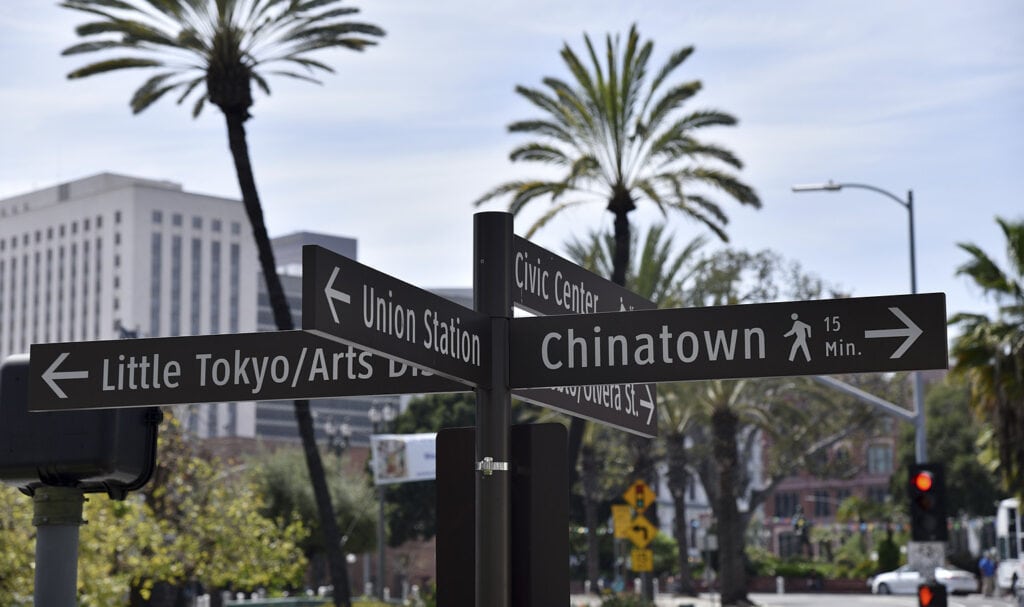
In the early 1960s, trade specialist Kanai Noritoshi traveled back and forth between Japan and the United States. He imported and exported food. When he once took his American business partner Harry Wolf to a sushi bar in Japan, he was so excited that the men decided to bring sushi to L. A.. Kanai teamed up with several Japanese restaurants, and the first sushi bar opened in Little Tokyo in 1966.
Fresh fish and seafood were a problem, however, because transporting the goods, thickly packed in ice, was exorbitantly expensive due to weight and volume (lots of ice, little fish).
From the East Coast to the West Kitchen: American Toro
Kanai heard that fishermen in Boston were throwing away the fat meat from the tuna's belly. So he organized a plane to the East Coast and bought the fat bellies of the tuna. He also organized the harvesting of sea urchins, which were massing off the L. A. coast. So tuna was associated with sushi in L. A. from the beginning - or rather, sushi with tuna.
How did tuna come to Japan?
In Japan, tuna ended up on sushi even later.
In the 1970s, the Japanese airline JAL had already been in business for a good two decades and was flying worldwide, but it had a problem: From Japan to abroad, the planes were fully occupied. On the way back, they were mostly empty, which was uneconomical.
People were desperately looking for goods of any kind that could be economically interesting to import to Japan. There were none.
Wayne MacAlpine (no relation to guitarist Tony MacAlpine, whose album Eye of the World still thrills us today) a young Canadian employee of JAL and responsible for flights from Vancouver and L.A. to Japan, received a telegram from Tōkyō one day. He was to research the tuna industry on Canada's east coast, he said. The telegram was sent by Akira Okazaki, who was responsible in Japan for opening up new commodity markets for aviation.
Japanese taste American influenced
By this time, the American occupiers' preference for fatty meat and fatty fish had already become established in Japan. So tuna was no longer taboo.
Okazaki had observed that people in Tōkyō had developed a taste for tuna on sushi. But the demand could not be met, at least not by Japanese fishermen. So why not import tuna from other parts of the world?
First tuna from 1972 at the fish market in Tōykō.
JAL experimented several times with ice, chemical cooling by urethane foam, carbon monoxide and other methods of cooling. In the 1970s, no refrigeration technology suitable for aviation was yet known. So Okazaki put specialists to work on the problem and had custom-made refrigerated containers and cases developed specifically for transporting the tuna. Numerous failed attempts were made, and the tuna arriving in Japan was no longer usable even as animal feed.
In August 1972, the shipment succeeded, and the first five Canadian bluefin tuna were sold at the Tsukiji Fish Market on August 14.
This made Maguro available in all quality grades for sushi in Japan.
Incidentally, traditionally high-class sushi bars in Tōkyō reportedly don't think much of toro to this day. True connoisseurs, they say, prefer akami, the low-fat, firm muscle meat of tuna.
Less tuna, more salmon: Is sushi still changing?
Bluefin tuna was considered the most popular sushi topping in Japan until a few years ago. But prices have ultimately risen very sharply, and Japanese tastes are changing. Tuna has been replaced by salmon.
Atlantic salmon is not found in the waters around Japan, and sake (Japanese for salmon) or shake (sushi slang for salmon) was not eaten raw. Today, however, salmon is considered as typical a sushi topping as tuna. How did it come about?
Why the salmon had to come from Norway first
Around 1995, people in Japan began to eat salmon as well.
Salmon from the Pacific was considered unsanitary, so the fish, which was often infested with parasites, was not only examined in detail but also grilled as a precaution. Also important to know for the ambitious domestic sushi chef: wild salmon is still considered a health risk in raw form. The situation is different with salmon from aquacultures. The fish are farmed under controlled conditions, so the salmon is safe (see https://norr.jp/secret-salmonsushi/).
Initiated by the Norwegian government, "Project Japan" began back in 1985, when sea bream and tuna in particular were popular sushi toppings.
It took a long time to establish salmon as safe and healthy in Japan - after all, the parasites of Pacific salmon are not at home in the Atlantic and accordingly are not a problem. But can you tell where the salmon comes from? The distrust on the Japanese side was great for a long time - and without the appropriate cooling technology, the import of salmon from Norway would of course still be unthinkable today!
Salmon has replaced tuna as number 1 - also in Japan!
Today, salmon nigiri is number one in Japan. And like the fat toro, it is served by traditional sushi masters only with reluctance. In modern restaurants in Tōkyō, however, you're still very likely to find shake aburi (or: saamon aburi), which is the lightly flamed raw salmon on the nigiri. And this is certainly not only due to tourists...
Fat salmon replaces fat tuna belly?
Why now salmon of all things? The price of Toro has risen continuously over the past decades. The price of salmon has not. Salmon nigiri cost only one-fifth of toro nigiri in Tōkyō back in 2012.
Perhaps the red-fleshed salmon is so popular because the tender flesh of the fish has a sweet taste similar to tuna. The metallic aftertaste is less noticeable, and the iron content is lower. Nevertheless, it is tender, fatty fish meat. In addition, salmon is considered extremely healthy due to the omega fatty acids it contains. This aspect, together with economic considerations, may have contributed to salmon now surpassing tuna in popularity.
Salmon at SUSHIYA from Scotland
Side note: Even though it was the Norwegians who opened up the Japanese market for salmon - at SUSHIYA and in our restaurant sansaro in Munich, we have actually only used Scottish salmon for many years.
This is due to the fact that we are on salmon Label Rouge a seal of approval monitored by the French government for high quality and natural farming. This makes the salmon cost about 30% more than the salmon from Norway used in most restaurants (and quite a bit more than the cheapest from Chilean fish farms). Filleting and cutting is also more work in the end, because the salmon is visibly smaller and less thick than the fish from intensive farming. For us, though, it's important not only for better taste and less pollution, but also for sustainability as a fundamental approach. More insight at https://www.sushiya.de/sushiya/bio-qualitaet/
Appendix: Sources
Sources:
https://wareitamae.com/folktales/tuna
https://norr.jp/secret-salmonsushi/
https://translate.google.com/website?sl=ja&tl=de&hl=de&prev=search&u=https://www.japantimes.co.jp/life/2018/03/10/food/norwegian-campaign-behind-japans-love-salmon-sushi/%23.XU2iMpL7TOQ
https://www.thelocal.no/20151103/salmon-sushi-is-a-norwegian-invention
https://www.nzz.ch/eine_kulturrevolution_in_japans_sushi-restaurants-ld.690998
https://www.sushi-pedia.com/de/sushi/maguro/
https://www.chefsreporter.de/die-sushi-story/
Corson, Trevor: The Story of Sushi. An Unlikely Saga of Raw Fish and Rice. Harper Perennial, New York 2008.
Issenberg, Sasha: The Sushi Economy. Globalization and the Making of a Modern Delicacy.Gotham Books, New York 2007.
